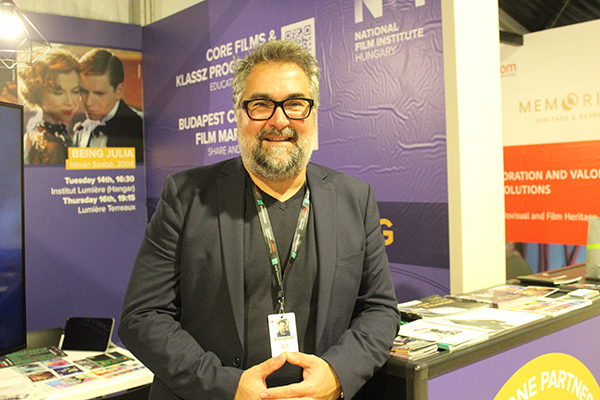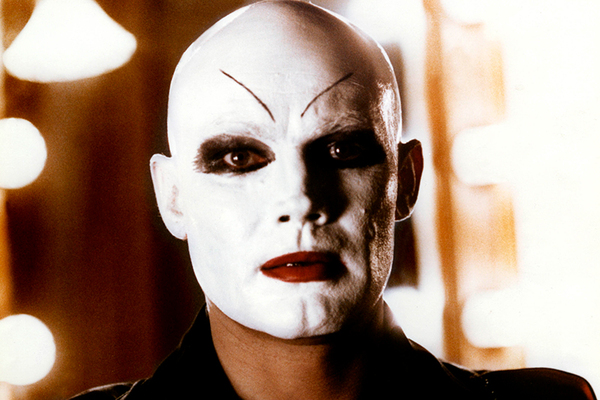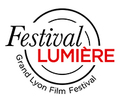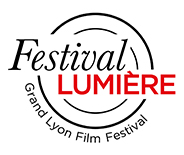Happening at the International Classic Film Market
« István Szabó's cinema is extremely humanist, political and timeless! »
PostED ON 15.10.2025
Hungary is the guest country of honour at the International Classic Film Market (MIFC) and also celebrated in the festival's lineup, featuring works of filmmaker István Szabó. We meet with György Ràduly, director of Film Archives at the Hungarian National Film Institute (NFI).

© Laura Lépine
Hungary is doubly honoured this year, not only due to your presence at the International Classic Film Market (MIFC), but also by the attendance of filmmaker István Szabó. What does this presence at the MIFC mean for your institute?
We should mention that we’ve been involved in the MIFC from its creation. Since 2017, we’ve been fortunate enough to have one or two Hungarian films featured in the festival programme each year. Hungary has a rich cinematic history, dating back to the very beginnings of the 7th art - the Lumière brothers filmed in Budapest in 1896! These images can be found at the Lumière Museum. Hungarian cinematography is therefore closely linked to that of France. Hungary has also contributed a wealth of talent to France, such as filmmakers Paul Fejos and Jean Image, and Oscar-winning production designers Alexandre Trauner and Marcel Vertes, to name just a few.
Our presence at the MIFC is an opportunity to showcase the richness of Hungarian cinema to both film professionals and the general public. It’s also an opportunity for us to discover gems of French cinema that we can select for the ‘Budapest Classic Film Marathon’. It’s truly an exchange between our two cultures.
As a festival guest of honour, director István Szabó will hold a masterclass this Thursday at the Pathé Bellecour. Three of his films have been selected as part of the festival lineup: Father, Mephisto and Being Julia. What is your opinion of his cinema?
His œuvres speak of European history: its traumas as well as its golden ages. They often probe the relationship between individuals and those in power. His cinema is extremely humanist, political and timeless. His films give us a lesson in history and remind us of the importance of working on remembering the past. For me, his most memorable film is Mephisto, a masterful œuvre with a breathtaking screenplay. I recommend it to all festivalgoers!

© Mafilm-Manfred Durniok-Objektiv Studio / DR
Mephisto de István Szabó (1981)
Through this spotlight on Hungarian cinema, what would you like to convey both to the public and to film professionals?
First, I would like to tell them that Hungary has been producing films since the creation of cinema 125 years ago. Hungarian cinema proves that talent cannot be confined. It will always find its way to the audience. Each of these Hungarian talents has something important to share with Hungarians and international audiences alike. It is a cinema that speaks of the past and the present, and acts as a beacon to show us the way forward.
How do you constitute the catalogue of films that you present at the MIFC?
We have restored 300 films since 2017: works made from the dawn of cinema to today, in all genres (animation, comedy, documentary, drama, and so on). The films in our catalogue are all restored and digitised by the Hungarian National Film Institute (NFI) laboratory.
Laura Lépine

